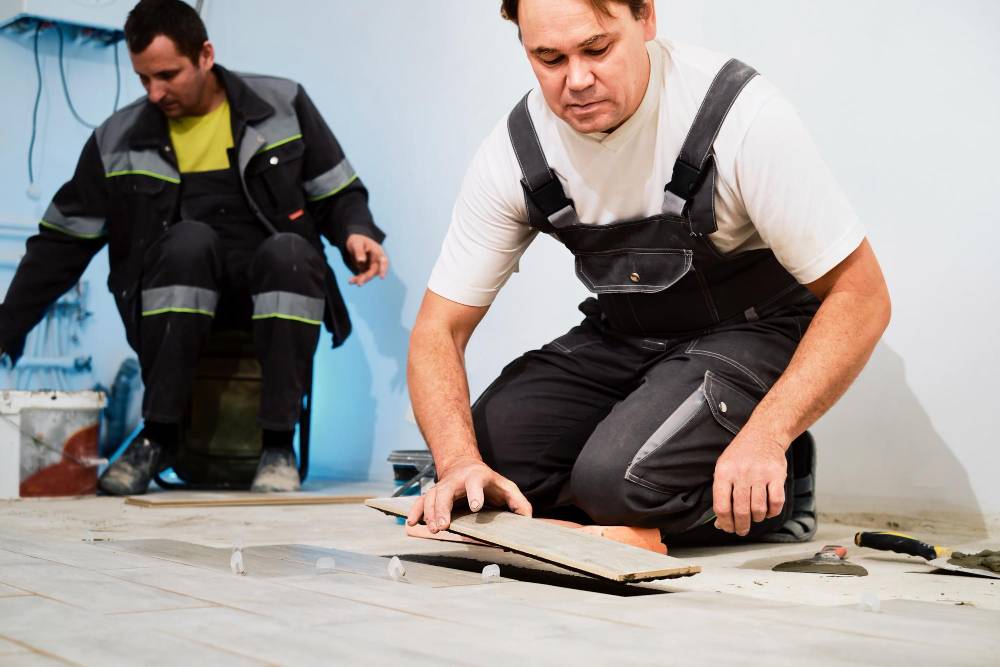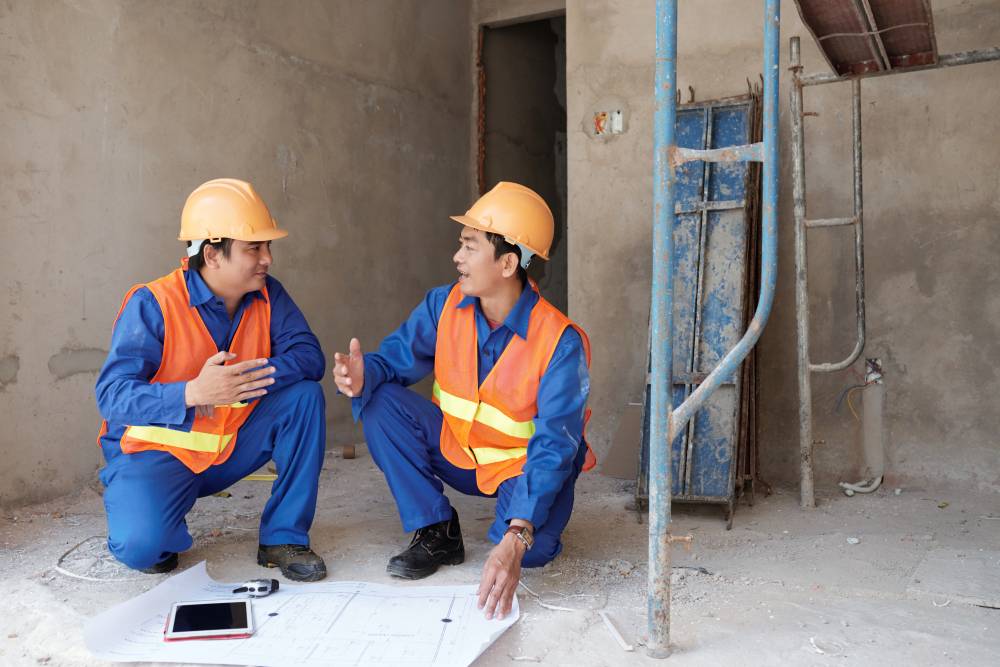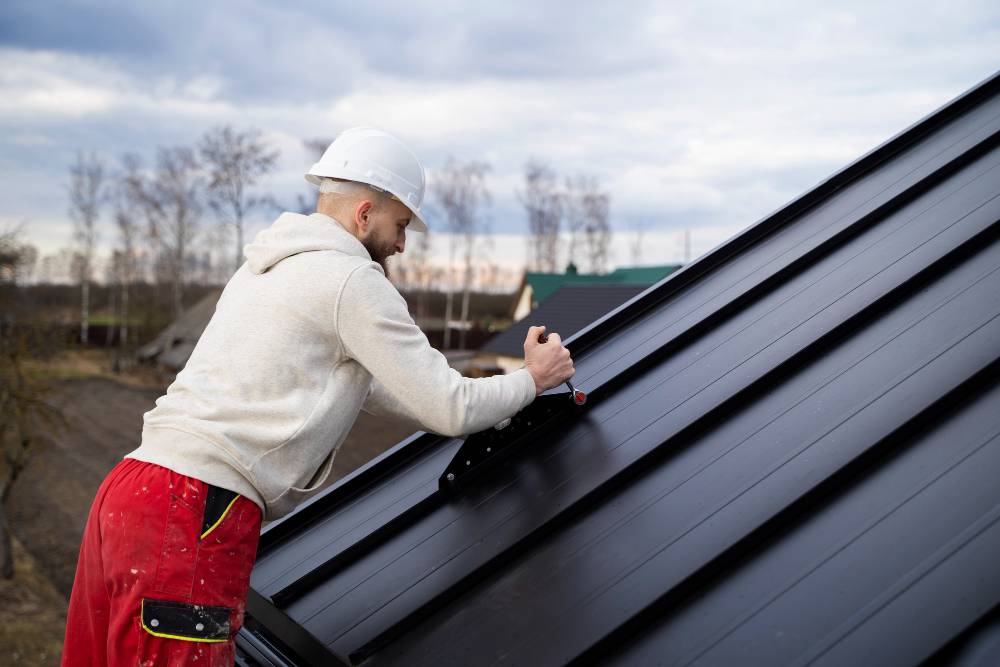A well-maintained building not only creates a safer, more comfortable environment but also ensures long-term savings by reducing costly repairs and extending the lifespan of your facility.
Whether you’re a property owner, manager, or business operator, understanding and applying effective maintenance strategies is key to preserving the integrity of your building.
Here are the top 10 building maintenance tips to help you get the most out of your property investment.
1. Regular Inspections Are Essential
One of the most important aspects of building maintenance is performing regular inspections. Scheduling quarterly or bi-annual checks ensures you can catch minor issues before they become expensive repairs.
This should include assessing the structural integrity of the building, looking for signs of water damage, inspecting roofs and gutters, and checking for any wear or damage to windows and doors.
Routine inspections can also extend to mechanical systems, such as HVAC, plumbing, and electrical systems.
Identifying potential issues early means less downtime for your building and prevents long-term damage to vital infrastructure.
2. Prioritize Preventive Maintenance
Preventive maintenance is a proactive approach that focuses on maintaining systems and equipment before they break down.
Simple actions such as cleaning air filters, lubricating machinery, and inspecting piping can significantly reduce the chances of unexpected failures.
Regularly servicing equipment, from elevators to heating systems, can prevent costly repairs and extend their useful life.
For example, ensuring HVAC systems are cleaned and filters replaced regularly can improve indoor air quality, reduce energy consumption, and avoid expensive breakdowns.
Regularly maintaining plumbing systems can help prevent costly water damage caused by leaks or burst pipes.
3. Maintain the Roof and Gutters
The roof is one of the most exposed parts of any building, and ensuring it is in good condition can prevent serious damage to the structure.
Regular roof inspections can help identify potential issues like cracked shingles, blocked drains, or signs of wear and tear.
Clogged gutters are another common problem that can lead to water damage, especially during heavy rainfall.
Over time, debris can block gutters, preventing them from draining water away from the building. This can result in leaks, water stains, and even foundation problems. Cleaning gutters and ensuring proper drainage is critical to maintaining a sound building.
4. Clean and Seal Windows
Windows are not just an aesthetic feature but also essential in energy efficiency and security. Regular cleaning helps prevent dirt buildup, which can impact the appearance of the building.
It also ensures that windows operate properly and are free from cracks or damage that could lead to drafts or water intrusion.
Sealing windows with weatherproofing materials can also help maintain the building’s energy efficiency by reducing heat loss in the winter and keeping the interior cool during the summer. Well-maintained windows provide both comfort and cost savings for building occupants.
5. Inspect and Maintain HVAC Systems
The HVAC system plays a central role in the comfort and functionality of a building. Poorly maintained systems can lead to inefficient energy use, higher utility bills, and decreased indoor air quality. Regular inspection and maintenance are key to avoiding these issues.
Changing air filters, cleaning ducts, checking for leaks, and calibrating thermostats are all tasks that should be performed regularly.
Ensuring that the system is running at peak efficiency can reduce energy consumption, lower operating costs, and prevent expensive repairs.
6. Take Care of the Building’s Exterior
The exterior of your building is the first thing people see, and it’s also exposed to the elements year-round.
Keeping the exterior well-maintained not only improves curb appeal but also protects the building from environmental damage.
Power washing the exterior surfaces, such as walls, sidewalks, and parking lots, can remove dirt, mold, and grime, preventing the deterioration of materials.
Regularly inspect and clean your building’s facade, and make sure any cracks or damage to siding, bricks, or masonry are repaired promptly. This helps prevent water infiltration and other structural issues.
7. Manage the Landscaping
Landscaping is another important factor in building maintenance. While beautiful gardens and trees enhance the appearance of the property, they can also pose potential risks if not properly maintained.
Overgrown trees, for example, can damage the roof, windows, and even the foundation.Regular trimming of trees and shrubs helps avoid these risks and keeps the landscaping healthy.
It’s also important to clear away debris from outdoor areas to prevent drainage problems and pest infestations.
Well-maintained outdoor spaces contribute to a clean, safe, and inviting environment for both employees and visitors.
8. Install Energy-Efficient Lighting
Lighting systems play a critical role in energy consumption. Over time, outdated lighting can increase operational costs.
Replacing older bulbs with energy-efficient options like LED lights can reduce energy consumption, lower utility bills, and improve the overall lighting quality of the building.
Additionally, implementing lighting controls such as motion sensors, timers, or dimmers can further reduce energy waste.
These small upgrades can make a significant difference in the building’s long-term energy efficiency.
9. Protect the Flooring
Floors endure constant wear and tear, especially in high-traffic areas. To preserve their appearance and functionality, floors should be cleaned and maintained regularly.
For hardwood floors, periodic polishing and refinishing can help restore shine and prevent scratches. Carpets benefit from deep cleaning and the occasional replacement of worn sections.
In addition to cleaning, applying protective coatings or sealants to certain types of flooring (like wood or tile) can extend their lifespan by preventing stains, scratches, and moisture damage.
Regularly inspect floors for damage and make repairs as needed to maintain a safe and visually appealing environment.

10. Review Fire and Safety Systems
Ensuring the safety of everyone in the building is one of the most important aspects of maintenance.
Regularly inspecting and maintaining fire alarm systems, extinguishers, exit signs, emergency lighting, and sprinkler systems is essential.
Performing safety checks and testing alarms and detectors should be part of a building’s regular maintenance schedule.
These systems should also be updated or upgraded as needed to comply with local regulations and industry standards.
The cost of maintaining fire and safety systems is far less than the potential damage and liabilities caused by neglecting them.
Conclusion
Building maintenance is essential not only for aesthetic appeal but for your facility’s overall longevity and safety.
By implementing these tips, you can significantly extend the life of your building, improve the comfort of its occupants, and reduce long-term operating costs.
Consistent and proactive maintenance ensures that small problems are addressed before they evolve into costly repairs, helping to protect the value of your property for years to come.




